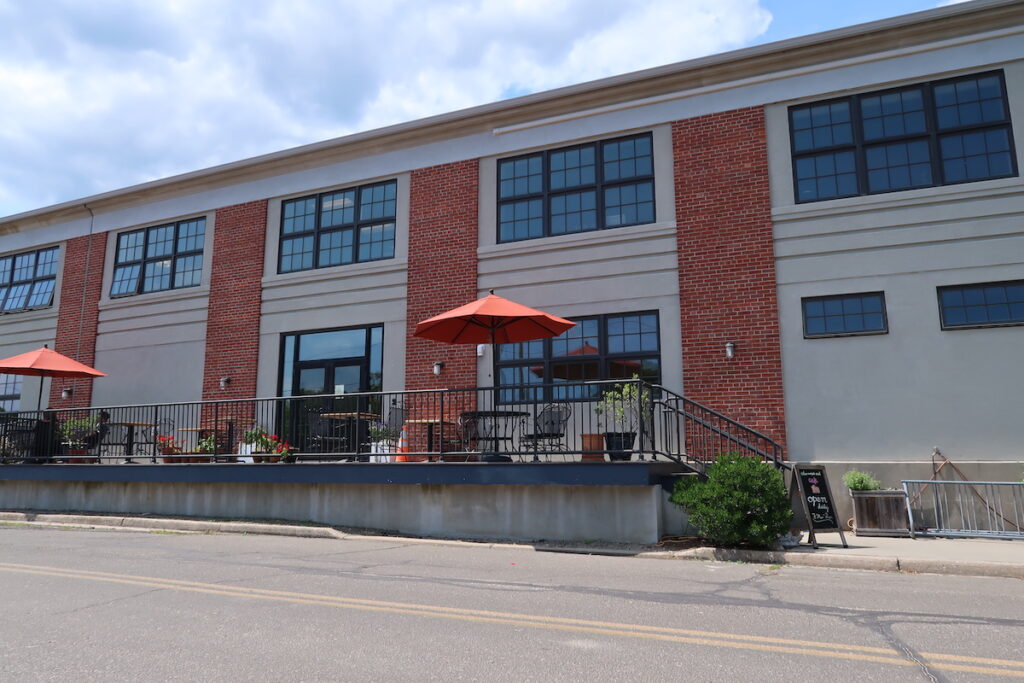Deer cull opponents expected to file suit ‘in the near future’

Opponents of a deer cull slated to take place in Southold Town are turning up the heat after they say speaking out at public hearings has failed to convince local elected leaders to hit the brakes.
But the town is still moving forward as planned.
While Southold officials have yet to formally dedicate any funds to the cull or support the plan on paper, Supervisor Scott Russell has publicly reinforced “100 percent” support for the measure involving sharpshooters employed by the U.S. Department of Agriculture. And opponents — led by the Wildlife Preservation Coalition of Eastern Long Island, which started an online petition months ago to stop the cull — are ready to file an injunction against the town once it puts its support in writing.
“We are determined to bring the necessary actions to stop this deer cull,” said Jeff Baker, a lawyer with Albany-based Young/Sommer LLC, which has been retained the represent coalition interests in Southold.
Mr. Baker said he’s likely to file a lawsuit designed to stop the cull “in the near future.”
Last year, the Long Island Farm Bureau obtained a $250,000 grant to thin the deer herd and asked municipalities interested in participating to contribute funds to help cover program costs. Southold Town has yet to execute a formal agreement with the farm bureau or dedicate funds to the program.
Lawsuits by other groups have already been filed against East Hampton Town and Village. Ed Lebeaux, the lawyer representing the plaintiffs in those suits, said that after filing notices in December, he anticipates requesting a temporary restraining order on the plan in East Hampton on Thursday.
Wendy Chamberlain, founder of the preservation coalition, said Brookhaven, Southold and Sagaponack will likely be targets in her suit. Mr. Russell, however, said he is proceeding as normal.
“At this point, the town hasn’t done anything that’s actionable,” he said this week. “We’re doing everything based on the needs we’ve determined.”
In order to obtain approval from the state Department of Environmental Conservation to move ahead with the cull — which leaders have said could eliminate 3,000 deer in areas that have elected to participate — the town must first complete an environmental review, Mr. Russell said, which it is in the process of doing. Specifically, the town has to determine whether the cull would be detrimental to the environment; if it is so determined, further study could be possible.
If not, the town could move ahead — something, according to Ms. Chamberlain, that shouldn’t happen no matter what the environmental review finds.
Ms. Chamberlain said that the Long Island Farm Bureau, Southold Town and other East End town governments involved with the planned cull “have not considered carefully alternate plans.”
She mentioned porcina zona pellucida, a protein that “blocks a crucial aspect of reproduction” in female deer, reducing pregnancy rates by 80 to 90 percent, according to a fact sheet issued by Tufts University’s Cummings School of Veterinary Medicine. Based on a study completed on Fire Island in the mid-1990s, the school estimated that cost of PZP treatment could be about $79 per deer — though Ms. Chamberlain said she believes the labor could be had for free, cutting costs back to $64 per deer.
She also said she’s not convinced of the overall breadth of the problem in the region.
“This is not as much of a sweeping epidemic as they like to say,” she said. “There are very specific hot spots and problems in specific areas, and all should be addressed individually. They shouldn’t have a blanket slaughter mentality.”
Local authorities have maintained that those speaking out against the cull are part of a “vocal minority.”
At a public session held in Peconic in mid-January, a number of hunters said the plan should be put on hold, as it denies local hunters the opportunity to hunt in their own backyards. The burden, they say, should be on the DEC to open up more land for hunters.
None of those hunters, however, identified themselves as Southold Town residents.
Meanwhile, Southold residents have reported in recent weeks receiving mailers from hunters asking to lease their land for hunting purposes.
Mike Tessitore of Hunters for Deer — a group formed in December — said his organization has lobbied every butcher in New York State, asking them not to accept deer taken through the cull.
Mr. Russell said at the January meeting that the sharpshooter cull is one of several steps the town hopes to take to reduce the deer population. Other steps including lobbying state legislators to reduce bowhunting setbacks, a measure Gov. Andrew Cuomo supported during a presentation of his executive budget plan last week in Albany. Martin Lowney, New York State wildlife director with the USDA, said the cull is expected to start sometime in early February and last approximately 40 nights overall. Mr. Russell said the environmental review of the deer cull is in progress, but he isn’t exactly sure when it will be completed.
Mr. Russell said at the January meeting that the sharpshooter cull is one of several steps the town hopes to take to reduce the deer population. Other steps including lobbying state legislators to reduce bowhunting setbacks, a measure Gov. Andrew Cuomo supported during a presentation of his executive budget plan last week in Albany.
Martin Lowney, New York State wildlife director with the USDA, said the cull is expected to start sometime in early February and last approximately 40 nights overall.
Mr. Russell said the environmental review of the deer cull is in progress, but he isn’t exactly sure when it will be completed.








